How Do Air Purifiers Work? Everything You Want to Know!
-
Pete Ortiz
- Last updated:

Today, most people spend more time indoors than outdoors. And that’s fine except for the fact that you inadvertently get exposed to tiny particles that could adversely affect your health. The particles that we’re referring to include pet dander, dust mite, pollen, and VOCs, typically released by candles or firewood.
Lucky for us, it’s possible to improve the air quality in our homes without ditching the primary sources of the pollutants. Read on if you wish to learn more about the air purifier and how it works.
 How Do Air Purifiers Work?
How Do Air Purifiers Work?
An air purifier is a device that we normally install in residential or commercial buildings when we’re looking to sanitize the air around us. Air, as we all know, is sometimes filled with toxins that are detrimental to human health. Even if it’s toxin-free, you still need a purifier to get rid of airborne allergens and pollutants.
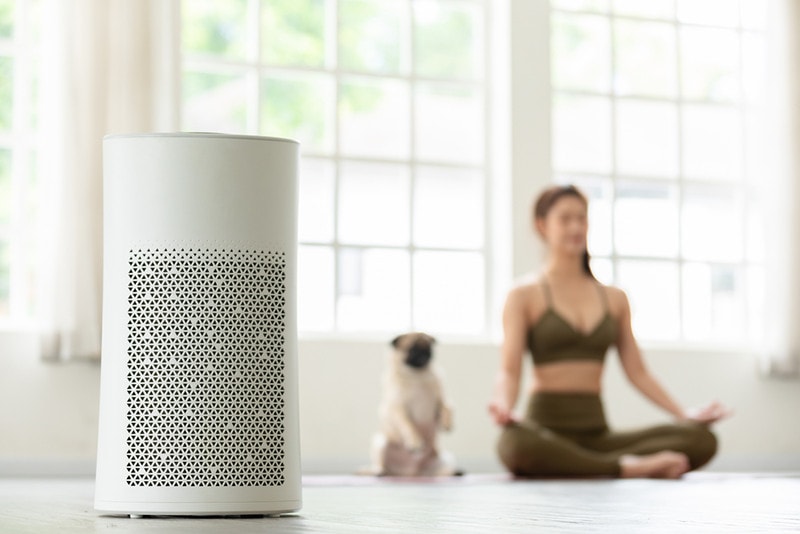
Are Purifiers the Same as Air Cleaners?
Purifiers are very different from air cleaners, seeing as the latter only eliminates particulate matter from circulation—it doesn’t sanitize the air. As a unit, an air purifier looks like a complex device. But when you dismantle it into different parts, you quickly realize that it’s only made of filters, a fan, and an agent meant to sterilize air like activated charcoal or light.
The prime function of the filters is to grab the toxic particles or pollutants from the air flowing through them and to neutralize their effects. And they are effective at what they do, though the recirculated air is not always 100% pollutant- or allergen-free. It’s virtually impossible to completely get rid of all those particles from any living space because some of them are usually stuck on soft and hard surfaces like walls and cushions.
Are All Air Purifiers Similar in Design?
It’s critical to note that purifiers come in different designs, and have filters made of varying materials. Mesh, fiberglass, and paper are the three primary materials used in their construction. You have to take these factors into account anytime you’re looking to buy one, as they will determine the type of airborne allergens or pollutants being pulled out of the air.
The conventional filter is designed to grab particles that are not larger than 5 microns. That’s the size of a pollen grain or dust mite. To guarantee efficiency during the process, filters have several layers of intricate weaves in addition to a dense network of fibers. By working in tandem, the weaves and fibers can filter out particles that are as small as the animal dander, which typically measures 2.5 microns.
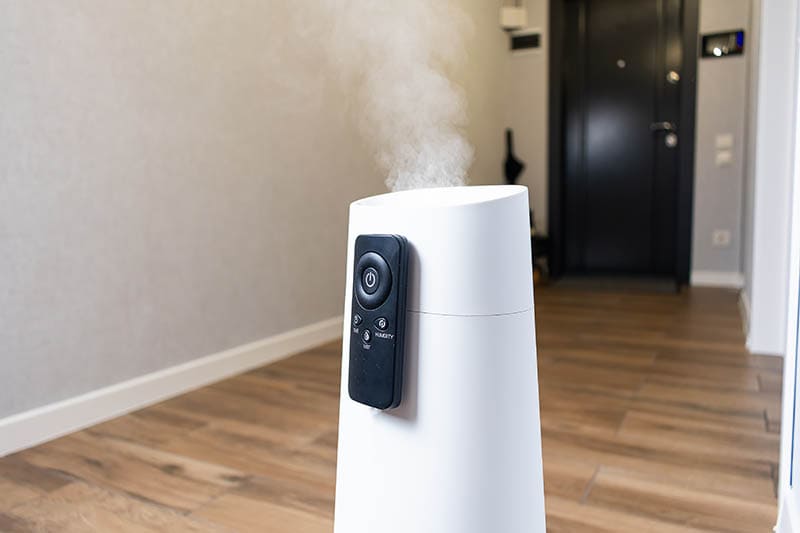
Can Purifiers Eliminate Bacteria from Circulating Air?
If your main concern is mold and bacteria, go for a purifier that comes preinstalled with ultraviolet filters. It will generate a bright light that will destroy any biological impurity in the air being pulled in, before recirculating it.
Can an air purifier filter out allergens? To an extent, it can. Specifically, those that come with activated charcoal in them. They are also known to be effective at filtering out volatile organic compounds (VOCs) as well as smoke particles.
By the way, activated charcoal is basically carbon. And you’ll learn that carbon materials have the ability to chemically absorb impurities and contaminants in any environment. They are like tiny prison cells that are open and ready to trap VOCs, thus scrubbing them from the air.
What Are the Different Types of Air Purifiers?
Ozone-Generating Air Purifiers
The Earth’s atmosphere is layered. And in those layers, you’ll find a colorless gas known as ozone. The ozone plays a vital role in ensuring we’re not adversely affected by the sun’s ultraviolet rays.
Ozone-generating air filters are the type of devices that are intentionally designed to produce ozone, to sanitize the surrounding air through chemical interactions. The gas will react with the particulate matter in the air, thus rendering it harmless.
Electronic Air Purifiers
These types of purifiers rely on electric voltage to purify air. They are designed to convert oxygen molecules into charged ionic components that are reactive enough to inactivate allergens or pollutants. The process is commonly referred to as bipolar ionization (BPI). In that reactive state, the oxygen molecules seek out hydrogen from the other molecules, inevitably destabilizing the contaminant’s basic chemical structure.

Filtering Air Purifiers
This is the conventional purifier. It relies on basic filters to sequester pollutants and allergens, before redistributing clean air. We usually have two versions of the filtering air purifier: one has carbon filters, while the other comes with HEPA filters.
The carbon filter purifier specializes in eliminating volatile organic compounds from the air, using activated charcoal. It’s the ideal purifier for those looking to deal with VOCs emanating from craft materials like glue, paint strippers, or printers.
HEPA purifiers are the most favored of the two. HEPA stands for High-Efficiency Particulate Air, and they say that these filters can easily get rid of about 99.97% of particulate matter in the air. They can capture any particle that’s larger than 0.3 microns.
Advantages of Using an Air Purifier
Relieves Asthmatic Symptoms
Asthma is a condition whereby an individual grapples with inflamed bronchial tubes. When they are exposed to dust mites, pollen, animal dander, or any other type of airborne pollutant, they instantaneously start having trouble breathing. But with an air purifier around, those floating particles will be trapped in the filters before they get the chance to trigger the individual’s asthmatic attacks.
Eliminates Toxic Chemicals from Air
Gasses such as carbon monoxide and nitrogen dioxide are common in high vehicular traffic areas, and that’s not a good thing. Studies that can be found in the National Library of Medicine have confirmed that such gasses increase the risk of developing Alzheimer’s later on in life as well as dementia.
We can’t assume that such gasses don’t compromise our indoor spaces, seeing as we often leave our doors and windows open throughout the day. Installing a purifier designed with activated charcoal is important to safeguard our health.
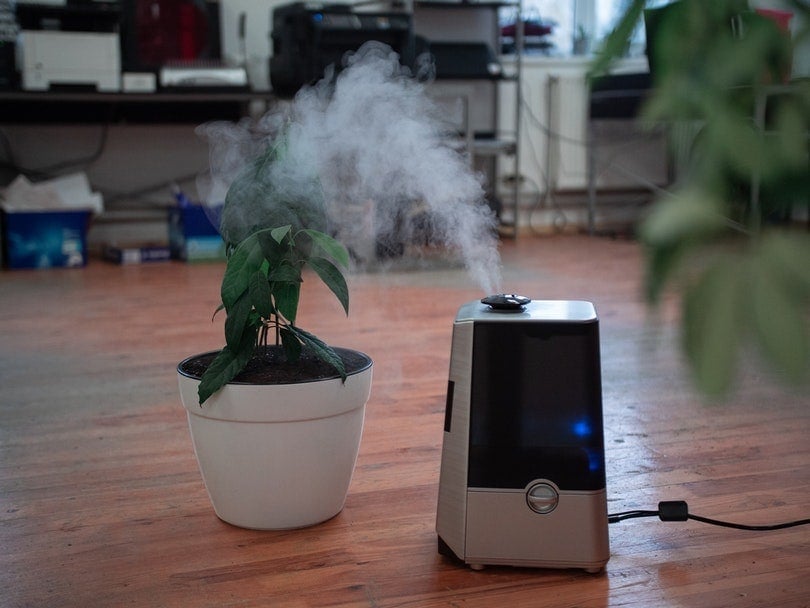
Neutralizing Bad Odor
At room temperature, we have gasses that break down into more stable elements. As a result, they end up releasing unpleasant odors that affect our basic cognitive functions, besides causing nausea. Research has proven that such compounds negatively influence our productivity at the workplace, eventually affecting our general performance. With the purifier in place, this wouldn’t be an issue. The pollutants in the air will be drastically reduced, even before they get the chance to break down.
Improves Sleep
Allergens that are commonly found indoors include dust mites, fungi, and bacteria. We can’t see them floating around but we always feel their impact. Nose congestion, runny nose, and sneezing are all signs they are present in the air. You have to filter them all out or you’ll wake up the next morning feeling drowsy due to lack of sufficient sleep.
Disadvantages of Using an Air Purifier
Can Only Be Used When Windows Are Closed
Normally, when we’re looking to improve the air quality in our homes, we open all windows. But that’s not an option if you’re using an air purifier. The recirculated air will just be exchanged with new outdoor air, thus defeating the purpose of the device.
Requires Regular Maintenance
Air purifiers are considered high-maintenance devices since they have filters that quickly get saturated with pollen, dust, gas particles, pet dander, etc. If you don’t replace your filters every 6 to 8 months, your air quality will worsen whenever you turn it on.
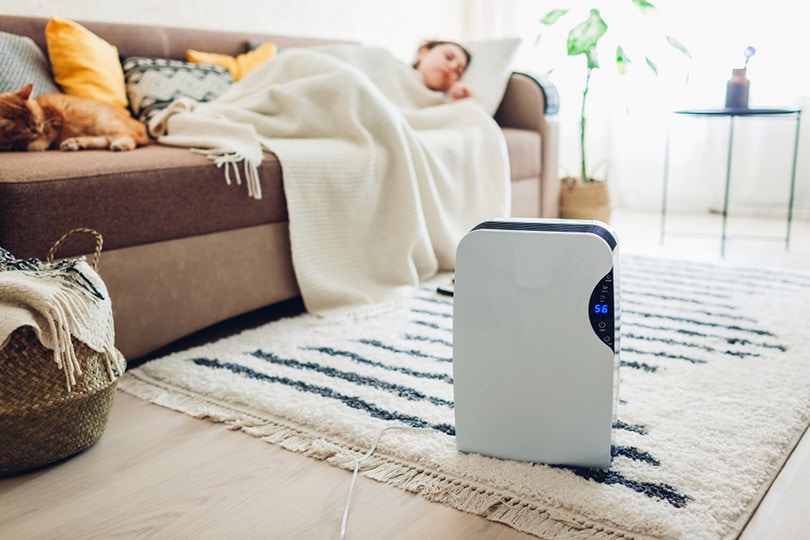
Noise
The World Health Organization has on several occasions reiterated that any noise that’s above 65 decibels should be treated as pollution. Most purifiers generate a noise level of 30 to 40 decibels but some produce close to 70. To put that into context, that’s the equivalent of traffic noise.
Ozone Is Potentially Harmful
“Ionizer” is what we call purifiers that produce ozone. This gas is not good for our health, as it easily sticks to the walls of our lungs. Brands have tried to quell our concerns by assuring us that the levels produced have an insignificant impact on our health, but you can never be too sure about these things. Better be safe than sorry.
Frequently Asked Questions (FAQs)
Can Air Purifiers Lower High Levels of Humidity in Air?
Unfortunately, no. Humidity (besides temperature) is a critical factor in determining thermal comfort. But if you want to reduce the humidity levels in your home, you’ll have to get a dehumidifier. The fact that they both have filters doesn’t mean that they can serve the same purpose.
Is It Possible to DIY An Air Purifier?
It actually is. Like we said before, air purifiers are essentially boxes with filters, a fan, and an absorbent like active charcoal that’s meant to filter out VOCs. So, if you can procure a high-quality filter or HEPA, you can construct a purifier that’s just as effective as the ones produced commercially.
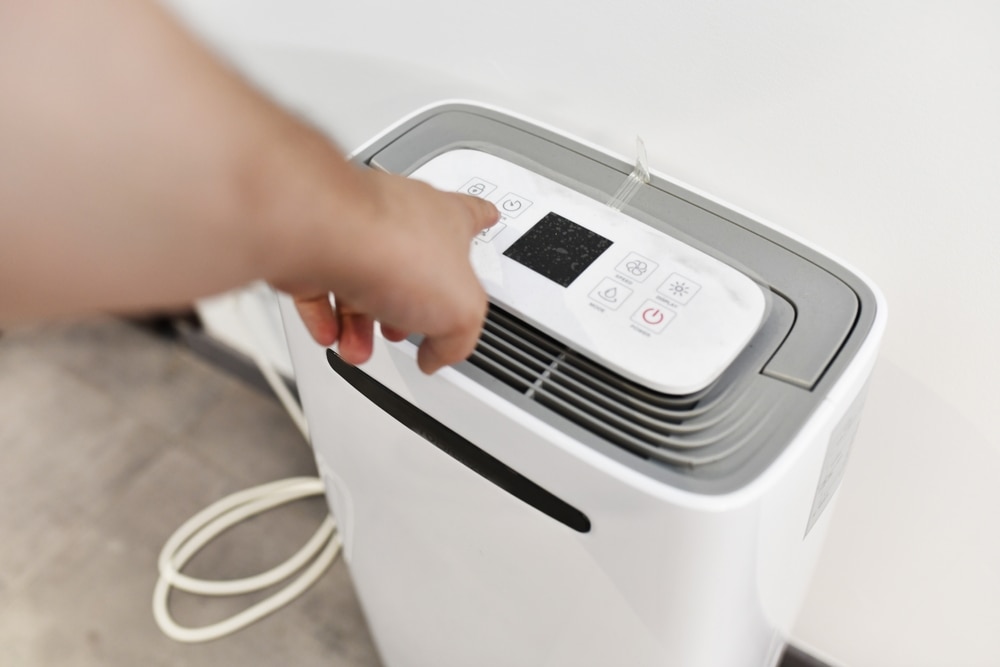
Can An Air Purifier Reduce Particulate Matter from Wildfires?
If you go through the Environmental Health journal, you’ll find a study that explains how purifiers can help reduce the particular matter produced by wildfires. It goes on to elaborate on how purifiers designed with electrostatic precipitators could also lower the particulates’ concentration levels in air.
Conclusion
We’ll sign off by reminding you that air purifiers are not the panacea to all our indoor air quality problems. They’ll help the situation, but only to a certain extent. Also, remember to close all windows before turning on your device. And if you’re using one that has an ionizer feature, don’t use it too frequently.
Featured Image Credit: Parinya Smithijaroenpon, Shutterstock
Contents

 How Do Air Purifiers Work?
How Do Air Purifiers Work?